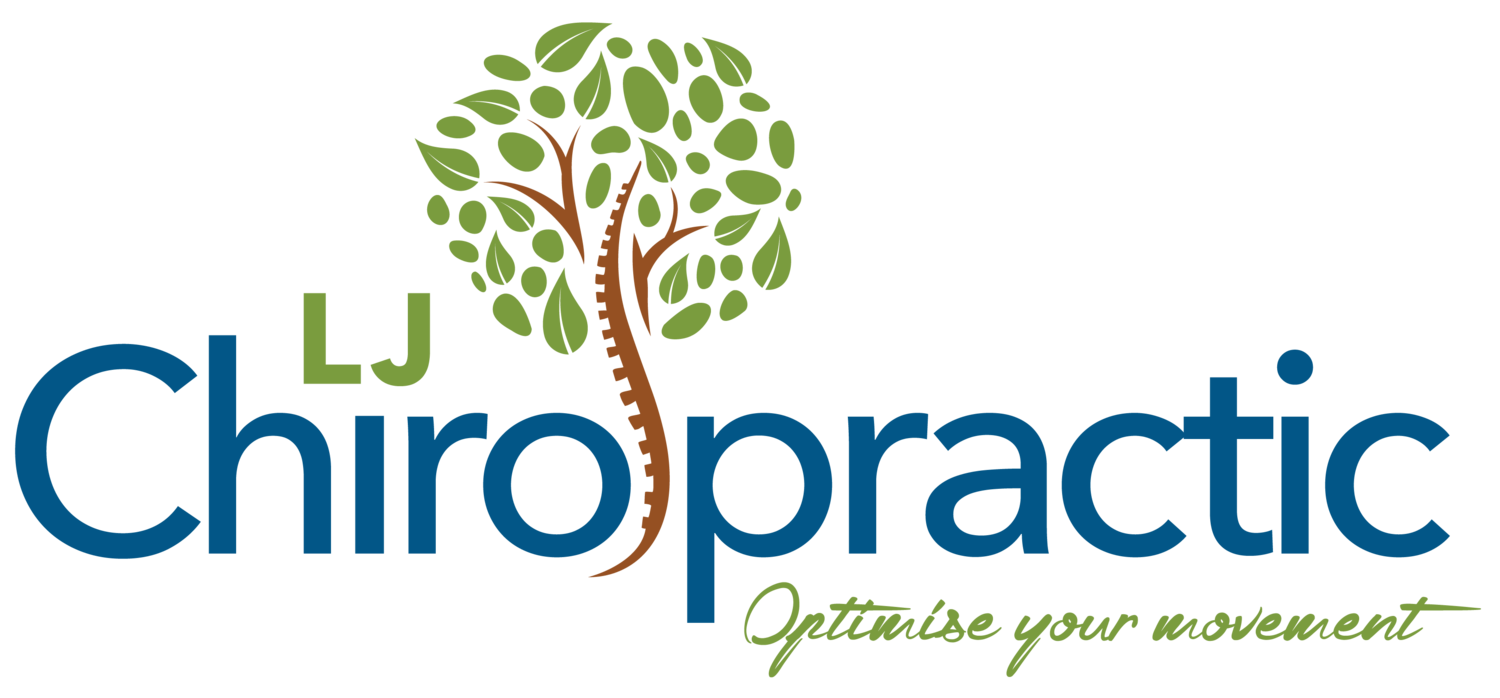So your back has been aching and you’re thinking to yourself, "Who do I go to get it fixed: my chiropractor or physiotherapist?" Before deciding which route you should take, let's first differentiate between the two professions.
Chiropractors and physiotherapists both focus on providing pain relief. But there are crucial differences between their methods of practice that are worth understanding before making a selection.
In this article, we will explore in-depth the key points of difference between a chiropractor and a physiotherapist - so you can make an informed decision about which practitioner to consult with for the treatment of your musculoskeletal issues.
Sometimes it can be difficult to distinguish between a chiropractor and a physiotherapist. While both fields have overlap, there are some key differences that set them apart. In this article, we will answer the question: What is the difference between a chiropractor and a physiotherapist?
Focus Areas
When it comes to what each practitioner focuses on during treatment, there are differences in sensibility. Generally speaking, physiotherapists focus more on injured muscles and tendons for treatments such as taping and dry needling. Meanwhile, chiropractors look more at overall movement capability throughout the spine using hands-on techniques such as spinal manipulation. Some may also use various modalities like instrument-assisted soft tissue mobilization and massage therapy.
Techniques Used
While there are certain similarities in approach between a Chiropractor’s scope of practice and that of Physical Therapists (PTs), Chiropractors use select hands-on manual technique to adjust or manipulate joint dysfunction or misalignment — which serves to restore normal function to joints. Conversely PTs are likely to use interventional methods such as massage therapy, electrical stimulation or traction with less emphasis on manual manipulation than Chiropractors generally do.
Duration of Treatment
Another difference between these professions is how long it typically takes for recovery after receiving treatment from either one of them. Generally speaking chiropractic treatment tends to see relief quicker and ongoing treatments are to maintain and restore while physical therapy often requires multiple visits over several weeks or months until full recovery occurs with both types of treatments often ongoing depending upon your particular condition
Work Environment
Chiropractors and physiotherapists can work in different settings. While chiropractors typically have private office practices, physiotherapists can work in a variety of environments, including hospitals, rehabilitation centers, and sports medicine clinics. Additionally, physiotherapists often work as part of a larger team of healthcare professionals, including doctors, nurses, and occupational therapists. In contrast, chiropractors typically practice privately and do not work in a team setting.
Diagnostic Tools
Chiropractors and physiotherapists use different diagnostic tools to assess patients. Chiropractors uses range of motion and functional movements to measure function. They may use X-rays or other imaging studies to help confirm the diagnosed problems with the spine, pelvis or other peripheral regions whereas physiotherapists often rely on physical examinations, patient history and symptom analysis to diagnose conditions. Physiotherapists may also use tools such as gait analysis to assess how a patient is walking and moving.
Types of Patients
Chiropractors and physiotherapists may treat different types of patients. Chiropractors may focus on treating patients with spinal-related conditions, or those who are seeking preventative care or wellness. Sports chiropractors are geared to treating other areas eg shoulders, wrist, knees, elbows, hips and ankles. They work on seniors, children, sports injuries and pregnancy patients. On the other hand, physiotherapists may treat patients with a wide range of conditions, and may work with individuals of all ages, from children to seniors. Physiotherapists may also work with patients with conditions related to neurological, respiratory, or cardiovascular health.
Treatment Goals
Finally, chiropractors and physiotherapists may have different treatment goals. Chiropractors primarily aim to alleviate pain and restore function through spinal adjustments, with the idea that proper alignment of the spine can lead to overall wellness. Physiotherapists, on the other hand, aim to improve overall physical function, reduce pain, and restore movement through exercise, education, and other interventions. They may focus on helping patients regain mobility after an injury, improve their physical performance, or manage conditions such as arthritis or chronic pain
In conclusion, it's important to know the difference between a chiropractor and a physiotherapist so that you can make an informed decision about what type of professional is best at helping you manage your pain. A chiropractor is trained in manual manipulation techniques to help treat joint and muscle pain and a physiotherapist is skilled in helping you work on developing strength, mobility, and balance.
No matter which professional you choose, always be sure to consult with them and make sure they understand your individual needs, so that they can provide you with the best treatment possible.
Getting treatment for your pain
Our team at LJ Chiropractic, Courtney Meleisea, Sophia Karikala and Li Jen Wong are experts when it comes to chiropractic treatments. We believe preventative chiropractic care and management prior to pain determines the longevity of joint movement and prevents injuries occurring, allowing you to lead an active lifestyle. LJ Chiropractic offers tailored treatment options to accommodate the varied needs of our patients. Contact us now for your physical examination!


